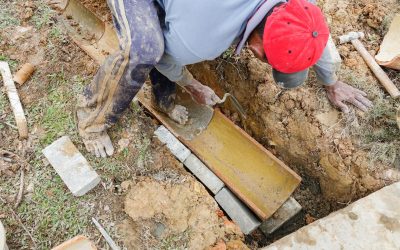If you are involved in construction of any type, you are aware of the problems corrosion causes. This elemental problem can cause everything from skyscrapers to underground pipes to collapse. In the utility installation industry, corrosion can easily create havoc with leaking pipes and broken water mains. However, a remedy is available in the form of cathodic protection for pipes.
Cathodic Protection
Cathodic protection (CP) is a fabrication process used to reduce the negative forces of corrosion. The application to metal of a protective coating of zinc, for example, acts as a device to reduce the degree and speed of corrosion. Metals such as zinc are sacrificial coatings. As long as they cover the base (coated) metal, they improve its capabilities for resisting the corrosive elements of oxidation.
CP also increases the longevity of any metal structure – pipes included, that it covers. It supplies such protection for a variety of structures including pipe systems and buildings. For utility companies burying metal pipes, it is the law. As a result, they must provide cathodic protection for pipelines that carry water or fuel – particularly if the pipes are composed of steel. However, other metals subject to corrosion must also receive this treatment if they are to be placed beneath the earth’s surface.
Cathodic Protection For Pipelines
If your company is in charge of selecting and installing pipe systems, make sure you check to see if they have adequate protection against corrosion and other factors. If you want to avoid corroded pipes and, therefore, water and/or gas leakage make sure the products you choose are protected. If you know the suppliers you deal with ensure they have provided cathodic protection for pipelines, you not only know the pipes are conforming to current tight American government regulations but also now have one less thing to worry about.








